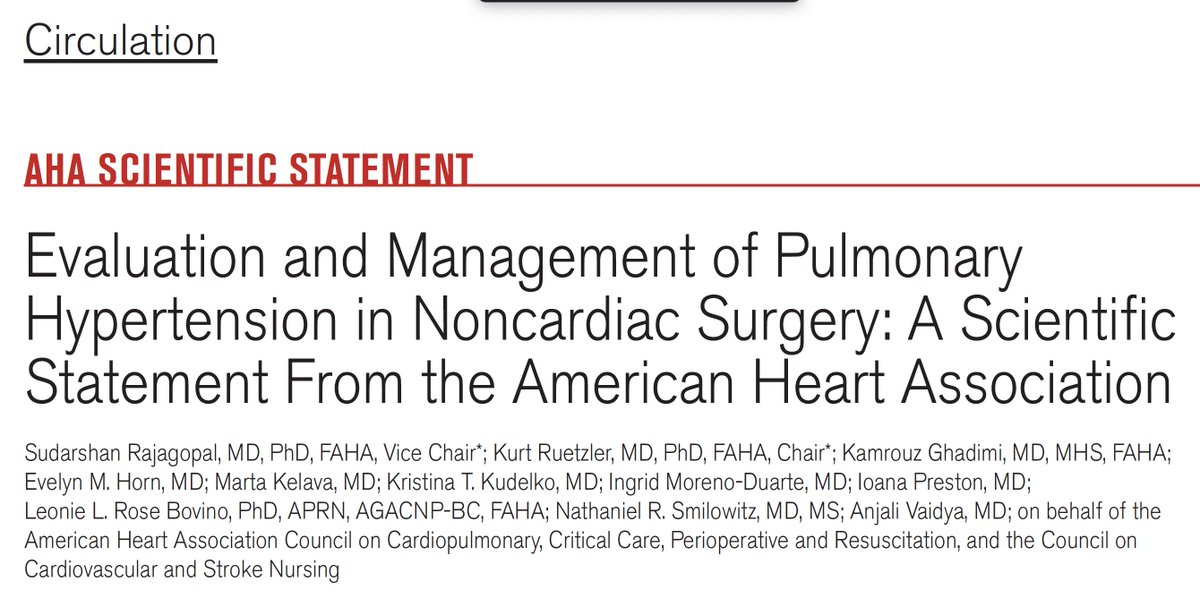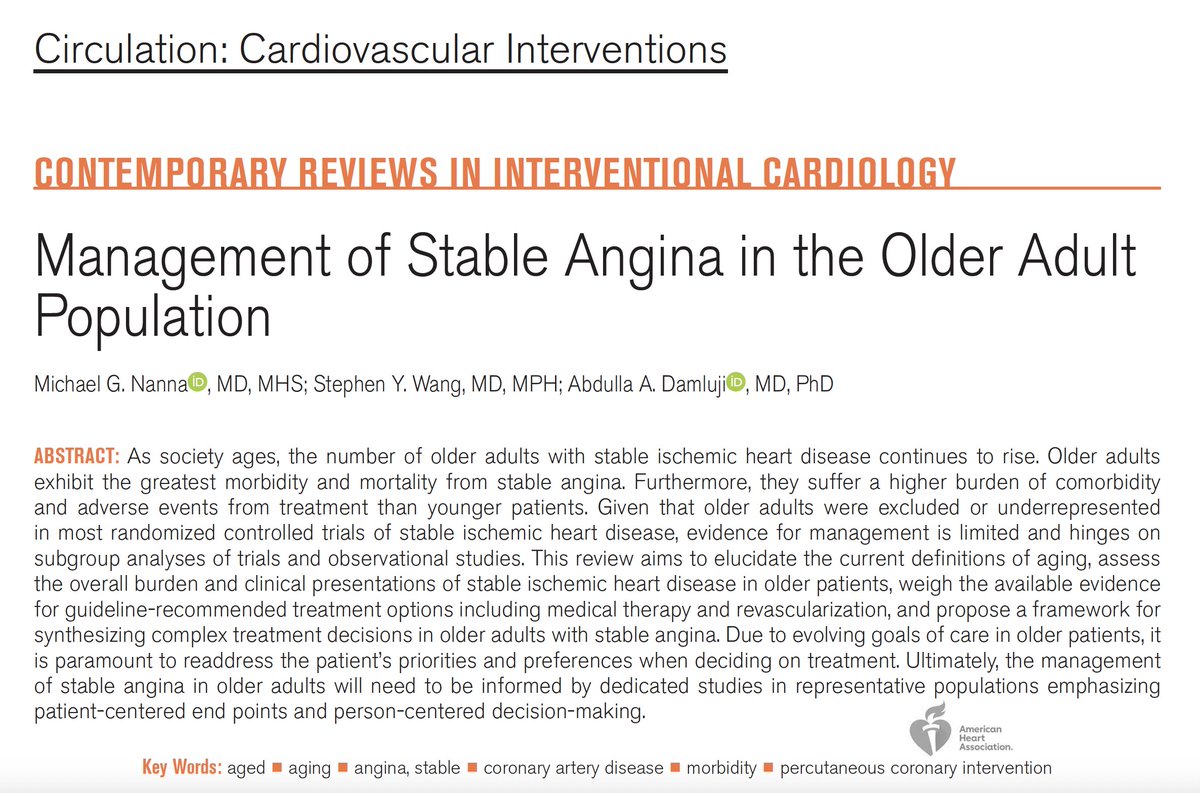
Outcomes after Critical Illness: @NEJM
Cardiac critical care and CCM often overlap
Here are few point summary
👇👇👇
Cardiac critical care and CCM often overlap
Here are few point summary
👇👇👇

1/ 🚑 Critical care has seen major advancements, but post-critical illness complications are prevalent & can persist for years. Health inequities can worsen outcomes. Covid-19 pandemic has highlighted this issue.
2/ 🌐 A continuum of care from ICU to community is needed, alongside basic science inquiry to understand multiple mechanisms of morbidity. Transparent reporting of long-term ICU outcomes is essential.
3/ 📊 Early studies focused on short-term mortality & pulmonary outcomes, but current literature reveals multidimensional ICU outcomes affecting patients, caregivers, children, & ICU teams.
4/ 💨 ARDS research has evolved to show long-term functional disability & muscle wasting even with normal/near-normal pulmonary function. Impaired health-related quality of life & increased healthcare use persist years after ICU discharge.
@DrDaleNeedham
@DrDaleNeedham
5/ 🧠 ICU-acquired weakness, cognitive dysfunction, and PTSD are prevalent in ICU survivors. Modifiable & nonmodifiable risk factors contribute to these long-term consequences.
6/ 🏥 Frailty, multimorbidity, oral complications, vision/hearing loss, procedure-related trauma, endocrinopathies, and cosmetic concerns are among the many coexisting conditions in ICU survivors.
7/ 👨👩👧 Caregivers & family members can also be deeply affected by ICU experiences, leading to stress, trauma, & intergenerational effects.
8/ 📚 The BRAIN-ICU study shows cognitive outcomes in ICU survivors similar to mild Alzheimer's-type dementia or moderate traumatic brain injury. ICU delirium duration is a major risk factor.
9/ 😞 Mood disorders (PTSD, depression, anxiety) are prevalent & persistent among ICU survivors, with various risk factors contributing to their development.
10/ 🛌 Pressure injuries are common in ICU patients, with severity linked to mortality & risk factors including older age, diabetes, vasopressor use, & prolonged ICU stay.
11/ 📣 Need to prioritize education & engagement with critical care colleagues, stakeholders, & primary care physicians to better address patient needs before, during, & after ICU care.
12/ 🧓 Age is a central determinant of survival & disability after critical illness. As age & severity of illness increase, pre-ICU health status becomes a key factor in post-ICU outcomes.
#aging
#aging
13/ 🏥 Social isolation, frailty, cognitive impairment, & impaired functioning before ICU admission are associated with increased disability risk after discharge in older patients.
#risk #factors
#risk #factors
14/ 💪 ICU-acquired weakness is linked to lower chances of weaning from mechanical ventilation, higher healthcare costs, & 1-year mortality. Severe & persistent weakness at ICU discharge increases 1-year mortality further.
15/ 🇨🇦 RECOVER study shows functional status 7 days after ICU discharge determines disability outcome trajectories based on age & length of ICU stay, independent of the diagnosis on ICU admission.
16/ 📈 Mortality at 1 year for patients older than 66 & spending 2+ weeks in ICU was 40%. Additional decades of age & each extra week in ICU beyond 2 weeks independently increased multidimensional disability & mortality at 1 year.
17/ ⚖️ Data on clinical risk factors & high-risk patient outcomes support trials of limited ICU treatment and weekly goal-of-care discussions with patients & family caregivers after 2+ weeks in ICU.
18/ 🗣️ Open conversations about outcome expectations, including disability & death risks, are crucial for informed consent & ongoing ICU treatment. Long-term ICU stays should not result in indefinite trials of mechanical ventilation or ECMO support.
19/ 🚀 Critical care has made significant progress in saving lives, but the next challenge is to look beyond the ICU, hospital discharge, and short-term survival, embracing the construct of ICU care as part of a continuum of care.
20/ 🎯 The critical care community should prioritize mitigating suffering in the ICU, disability after discharge, and establish a 1-year time horizon as the practice standard for assessing ICU care consequences.
21/ 📚 This provides an opportunity for education, advocacy, continuity of care, and accountability for critically ill patients, their caregivers, their children, and our healthcare system.
This applies to cardiac critical care!
@AHA_AcuteCVCare
This applies to cardiac critical care!
@AHA_AcuteCVCare

*points
• • •
Missing some Tweet in this thread? You can try to
force a refresh













